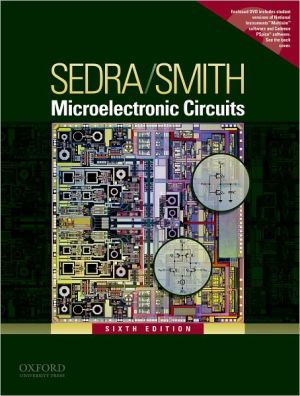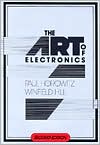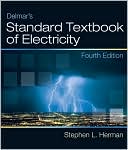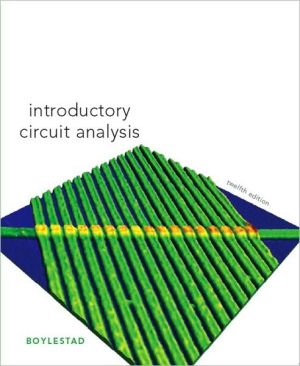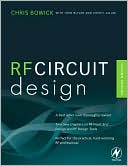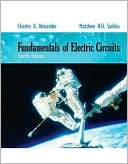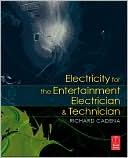Thin-Film Capacitors for Packaged Electronics
Thin-Film Capacitors for Packaged Electronics deals with the capacitors of a wanted kind, still needed and capable of keeping pace with the demands posed by ever greater levels of integration. It spans a wide range of topics, from materials properties to limits of what's the best one can achieve in capacitor properties to process modeling to application examples. Some of the topics covered are the following:\ -Novel insights into fundamental relationships between dielectric constant and the...
Search in google:
Capacitors were invented in 1745 and have served as portable electrical charge storage devices ever since. During the 19th century a general understanding of electro-magnetism was gradually developed. Electronic devices and circuits were pioneered in the early 20th century and, by its end, revolutionized the generation, processing, storage and transmission of information. No evolutionary limits have yet been approached. Strictly speaking, all circuits have capacitors; often not wanted, considered parasitic capacitors, such as capacitance of signal interconnections. A great deal of effort in academia and industry attempts to reduce the value of the parasitic capacitors by means of novel materials and structures with the lowest dielectric constant. Thin-Film Capacitors for Packaged Electronics deals with the capacitors of a wanted kind, still needed and capable of keeping pace with the demands posed by ever greater levels of integration. It spans a wide range of topics, from materials properties to limits of what's the best one can achieve in capacitor properties to process modeling to application examples. Some of the topics covered are the following: -Novel insights into fundamental relationships between dielectric constant and the breakdown field of materials and related capacitance density and breakdown voltage of capacitor structures, -Electrical characterization techniques for a wide range of frequencies (1 kHz to 20 GHz), -Process modeling to determine stable operating points, -Prevention of metal (Cu) diffusion into the dielectric, -Measurements and modeling of the dielectric micro-roughness.
PrefaceAcknowledgementsCh. 1Introduction1Ch. 2Design Fundamentals27Ch. 3Performance Detractors43Ch. 4Electrical Characterization91Ch. 5Integration Issues and Challenges121Ch. 6Applications145Index155

